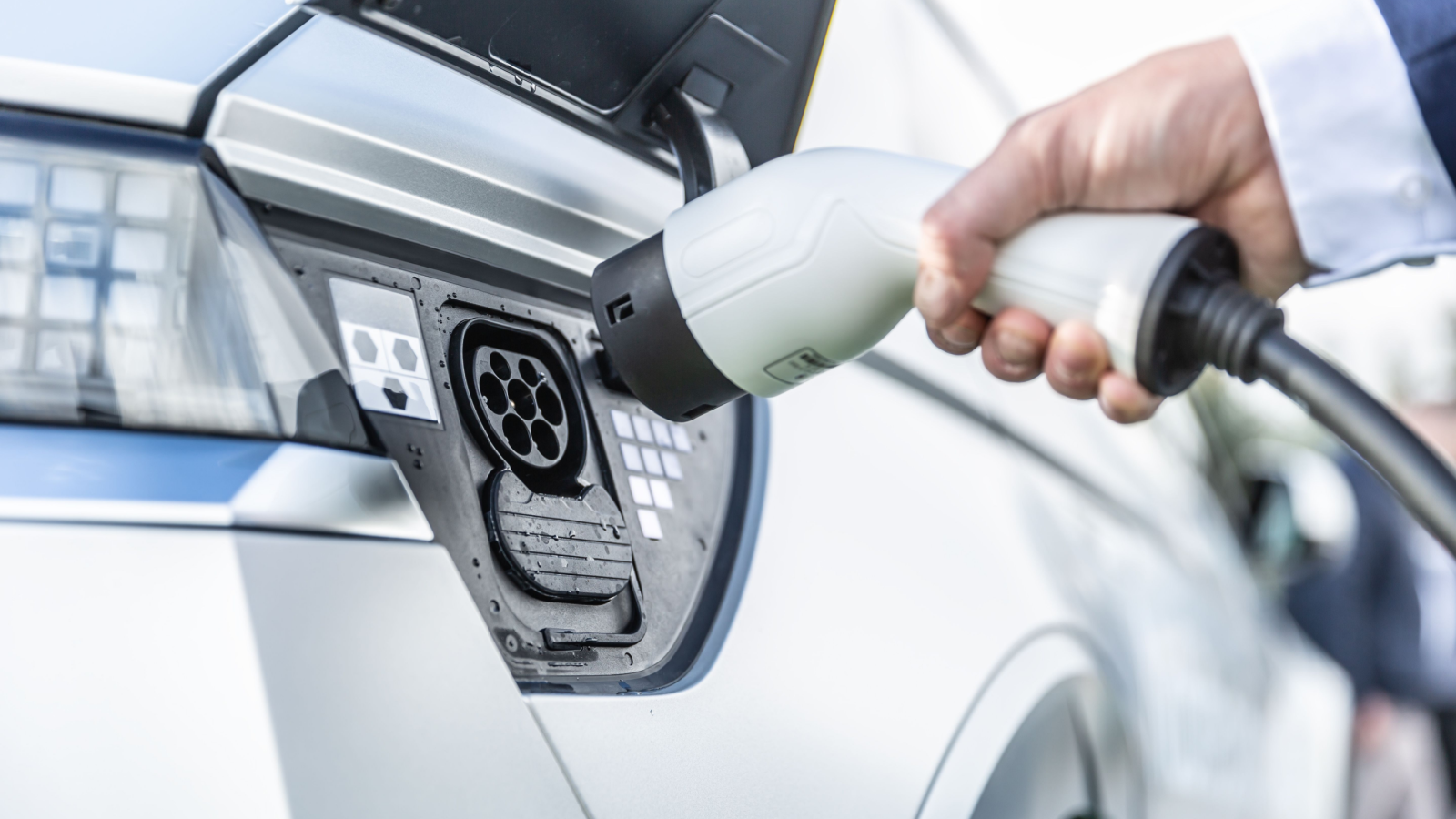
Happy Holidays!
As we’ve done the past few years here at Smart Money, we’re going to look “forward” to the next year by looking back at what we’ve talked about this year.
While 2023 was far more positive than 2022 (with the S&P 500 ending 2022 19.9% down and in 2023, as I write this, it has surged 24.7% and recuperated the losses from last year), it was still a year of many challenges.
But there were many bright spots of opportunity as well.
Over the next few days, I’ll revisit your favorite articles from this year and provide updates to them as needed.
Our first article is from January of this year, titled This Breakthrough Plays into Two Massive Megatrends…
The Megatrends Were Made in America
On Jan. 4, 2023, CNBC announced that “Chinese electric-vehicle stocks rose after the companies reported strong delivery data to start the year.”
Together, three of the top Chinese automakers – Nio Inc. (NIO), Li Auto Inc. (LI), and XPeng Inc. (XPEV) – delivered over 48,000 vehicles last month, which is up 19% from the prior year.
[End-of-Year Update: In November 2023, these same companies delivered a grand total of 77,000 vehicles. That’s a 60% increase in just 11 months!]
Now, this is NOT the part where I tell you to throw all the cash you have at these three stocks.
Quite the opposite, actually.
If you remember the “deglobalization” megatrend I mentioned last year, you know I’m not looking for many opportunities across the pond.
Nor am I looking to buy brand-name automakers.
Rather, I’ve set my sights on American-made, close-to-home supporters of the electric-vehicle emergence. The “picks and shovels” type of plays we talked about last issue.
So, here’s how today’s CNBC article plays into not just one, but two massive megatrends that will continue to flourish this year…
Megatrend No. 1: Deglobalization
The southeastern part of the U.S. is fast becoming the nation’s hub of EV and battery production.
Ford Motor Co. (F) and South Korea’s SK Innovation Co. underscored that point in 2021 by announcing plans to spend $11.4 billion to construct three battery factories and an EV assembly plant in Tennessee and Kentucky. The projects are part of Ford’s plan to invest $30 billion in electric vehicles by 2025.
Once the factories become operational in 2025, they will have the capacity to churn out enough batteries each year to equip more than one million electric vehicles.
The Tennessee location, to be known as BlueOval City, will be the first all-new assembly plant Ford has built since 1969. And, according to Ford’s media center, BlueOval City will…
- Bring Ford closer to its target of reaching a 2 million electric-vehicle annual run rate globally by late 2026…
- And will create approximately 6,000 jobs, building an all-new, revolutionary electric truck and advanced batteries to power future Ford and Lincoln electric vehicles.
Meanwhile, in Glendale, Kentucky, Ford and SK will construct two new battery plants.
[End-of-Year Update: While Ford did announce earlier this year that they planned to reevaluate their investment in EV production and delay the production with the second Kentucky plant, the company assured investors that the momentum for BlueOval City in Tennessee is not slowing and the first Kentucky project with SK is still on track.]
Megatrend No. 2: Battery Metals
If an electric vehicle manufacturer were to post a “dating profile” on Tinder, it might look something like this…
Sexy, young, eco-conscious company with attractive figures. Seeking polyamorous relationships with mature polymetallic miners. Swipe right if you want to hook up and reduce your carbon footprint.
Because electric vehicles (EVs) require large quantities of metals like copper, nickel, lithium, and manganese, mining companies have become the newest heartthrobs of the global auto industry.
The car companies are realizing that if they wish to ramp up EV production, they must secure long-term supplies of the “battery metals” that make their eco-friendly new autos possible.
The average EV, for example, uses almost half as much copper as the average American house. And EVs aren’t the only “green” products that require electric metals.
Wind energy, for example, uses five times more copper per unit of electrical energy than does the conventional burning of coal. Photovoltaic solar power uses six times more copper per unit of electrical energy.
Therefore, as the renewable energy boom gains momentum, it will produce an echo-boom in demand for key battery metals – and the companies that produce them will be well-positioned to profit.
Regards,
Eric




